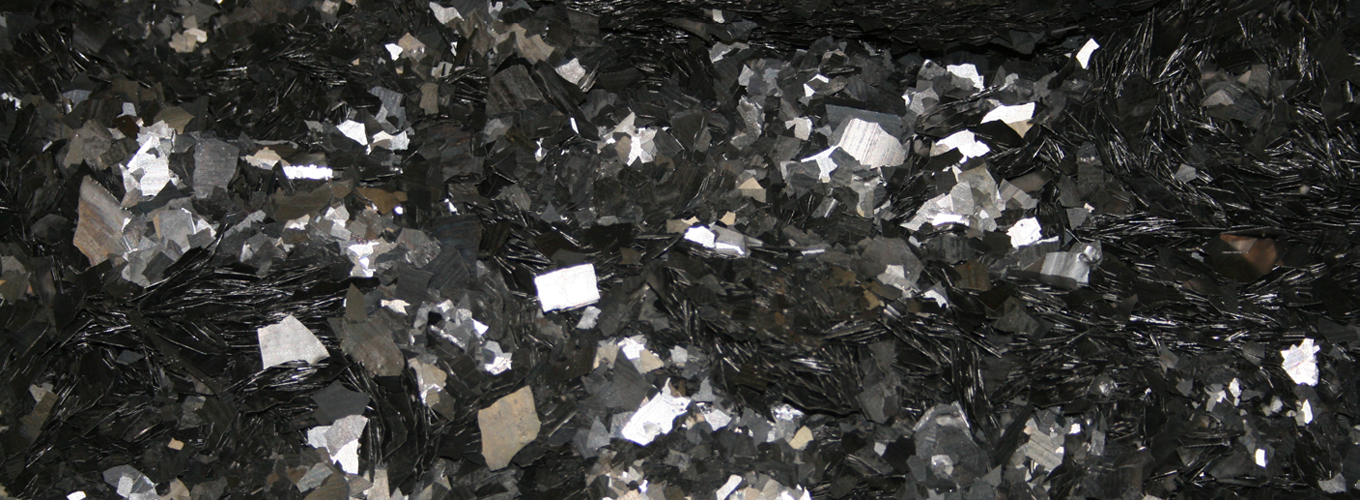Neodymium iron boron and samarium cobalt are the two main rare earth permanent magnet systems. LCM manufactures the alloys for both.
Below we have collated the key aspects for each system and explained how they differentiate from each other.
Neodymium iron boron (NdFeB) alloys
These alloys are based on the relatively abundant rare earth neodymium. We say ‘relatively abundant’ as 15-20% of a typical rare earth ore body is neodymium. Interestingly, it is possible to use praseodymium in conjunction with neodymium for most applications. Neodymium (Nd) and praseodymium (Pr) are used together in their “natural ratio” of around 4:1. This saves costs as you do not need to separate the Nd and the Pr. The simplest alloys are of low-cost as 2/3 of the composition is iron, an abundant and low-cost material. However, alloys often contain other additions to improve specific properties, and these can raise the costs, making the alloy more expensive.
Alloys are usually made by strip casting. Raw materials are melted under vacuum in an enclosed furnace and cast onto a water-cooled copper wheel. The product has specific microstructure, and the rapid cooling prevents formation of phases that negatively affect magnet production and properties. The process allows for maximum production of the magnetic Nd2Fe14B phase.
NdFeB magnets are the most powerful permanent magnets commercially available. They are used in DC motors, sensors, chemical couplings and pumps. In recent years, there has been significant growth in green technologies requiring NdFeB magnets including electric vehicles and wind power generation.
Samarium cobalt (SmCo) alloys
The first thing to note is that samarium is less abundant than neodymium with around 1% in most ore bodies. However, currently SmCo is in oversupply due to the somewhat small size of the samarium cobalt market. There are two classes of alloy, either Sm2 (zirconium, copper, iron and cobalt) 17 (2:17) or SmCo5 (1:5). 2:17 alloys contain around 50% by weight cobalt, and the 1:5 alloys contain 65% by weight cobalt. Cobalt being more expensive than iron means that both of these classes of SmCo are more expensive than basic neodymium iron boron alloys. Historically cobalt has been a price volatile metal which makes it hard to monitor short-term.
There are also ethical aspects to be aware of through the cobalt supply chain due to the industry’s strong association with illegal mining in Democratic Republic of Congo. The use of cobalt in batteries for EV has led to increased focus on ethical issues associated with the cobalt supply chain. To ensure LCM is sourcing ethically, we are an active participant in the Cobalt Institute’s CIRAF initiative. This framework helps companies to conduct enhanced risk management, industry practice and global standards focusing on the responsible sourcing of minerals.
Looking at the end product; the magnets, SmCo magnets are not as powerful as NdFeB magnets but they are still significantly more powerful than common non-rare earth magnets such as ferrites. Both 2:17 and 1:5 systems retain magnetic properties at elevated temperatures. SmCo can withstand heat well with a maximum working temperature of up to 350oC. Standard NdFeB magnets can be used at under 100oC. However, this can be pushed up to 230 oC by adding terbium or dysprosium to the mix. SmCo magnets are commonly used in very hot environments, for example extremely fast (tens of thousands of revs per minute) motors.
If you have any enquiries or questions, relating to alloys used in rare earth permanent magnets please contact us on general@lesscommonmetals.com or leave your questions below.

